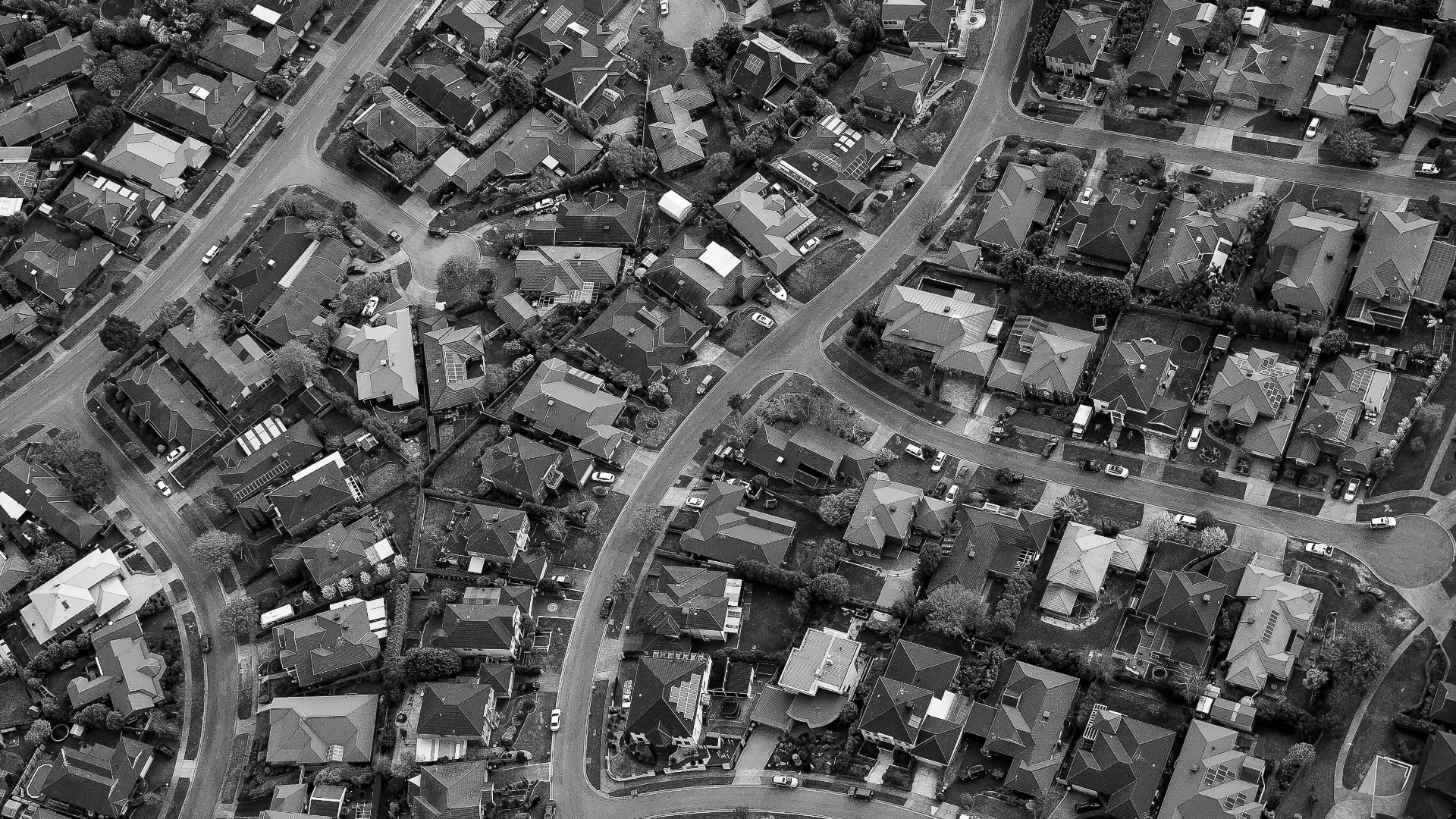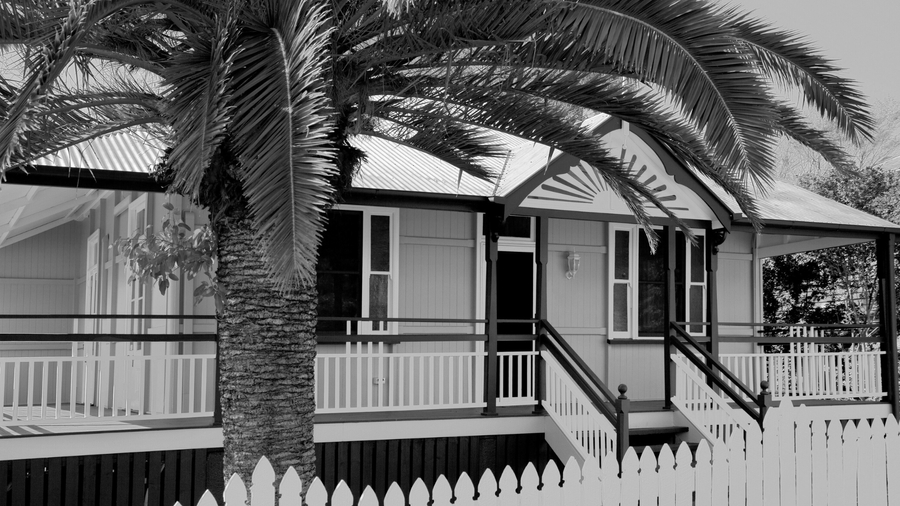Wealth Street Journal: Week 4, 2025
28 January 2025
Top 5 headlines from this week’s Australian real estate news
- Investors confident in 2025: Investor interest is at its highest since 2022, with 65% of buyers planning property investments this year. Queensland tops the list of preferred locations, followed by Victoria.
- Fixed rates start dropping: Macquarie Bank is leading the charge in cutting fixed rates, signalling potential competition among lenders as the Reserve Bank’s next meeting approaches.
- House prices still rising: Australia’s housing market has seen two years of consecutive growth, with Brisbane’s median house price surpassing $1 million for the first time.
- Rental vacancies inch up: Vacancy rates have slightly risen to 1.9%, but all major cities remain below the 3% balanced market threshold, keeping pressure on rental prices.
- Property listings increasing nationally: Listings have jumped by 7.9% nationally, the strongest increase since 2021, driven by sellers leveraging recent price gains.
Investors confident in 2025
Investor confidence is rising in 2025, reaching its highest level since mid-2022, according to API Magazine’s Property Sentiment Report.
The report states that 30% of respondents plan to buy property within the next 12 months, with 65% of them being investors.
Investors believe 2025 is an ideal time to expand portfolios, with many shifting focus back to houses.
“While still some way short of the 45% recorded in Q2 2022, the proportion of buyers looking to purchase a house has risen steadily for six months to 39%,” the report says.
Queensland is the top choice for investors, with 34% naming it as their preferred state.
Surprisingly, 20% are targeting Victoria despite recent taxes and fees, which previously deterred investors.
Most investors are satisfied with yields between 4.6% and 5.5%. Additionally, 79% of respondents are unwilling to risk losing a good tenant for higher returns.
Fixed rates start dropping
Australia’s fixed-rate market is shifting, with Macquarie Bank becoming the first major bank to reduce fixed rates ahead of the Reserve Bank of Australia’s February 2025 meeting.
This week, Macquarie Bank lowered its one-year fixed rate from 5.85% to 5.69%. It also reduced its two-year and three-year fixed rates by 14 basis points.
The RBA’s first meeting of 2025 is scheduled for February 18.
Canstar’s Data Insights Director, Sally Tindall, says the move may spark competition in the fixed-rate market.
“The fixed-rate market has been relatively quiet over the summer break, with more lenders hiking these rates in the month of December than cutting,” she says.
“However, this move from Macquarie could push other lenders into taking a look at the competitiveness of their fixed rates in the lead-up to the RBA’s next meeting.”
Currently, the Commonwealth Bank has the highest one-year fixed rate at 6.39%, followed by NAB (6.29%), ANZ (6.14%), and Westpac (6.09%).
House prices still rising
Australia’s housing market has achieved eight straight quarters of growth, the longest run since 2012-2015, according to Domain’s House Price Report.
Unit prices have also grown for seven consecutive quarters.
Brisbane’s median house price surpassed $1 million for the first time in the December quarter, with its median unit price also reaching a record $633,000.
While growth has slowed nationally, Perth’s unit market recorded the highest growth at 5.4% during the December quarter.
Affordability concerns have driven up unit prices across all capital cities. Darwin’s unit prices rose by 4.4%, followed by Melbourne (2.1%), Brisbane (1.8%), Hobart (1.5%), Adelaide (0.6%), and Sydney (0.4%).
Rental vacancies inch up
Australia’s tight rental market has eased slightly, with vacancy rates now at 1.9%.
Despite the increase, up from 1.8% in October 2024, CoreLogic’s Quarterly Rental Review says all capital city markets remain below the 3% vacancy rate which represents a balanced market.
Adelaide has the lowest vacancy rate at 1.1%, followed by Perth at 1.4% and Melbourne at 1.8%. Hobart is at 1.9%, Brisbane at 2.1%, Sydney at 2.5%, and Darwin at 2.8%.
SQM Research reports different figures, with a national vacancy rate of just 1.4%.
CoreLogic’s Research Director, Tim Lawless, says demand is easing in some cities due to slowing migration levels. However, he doesn’t expect this to bring significant relief to high rental prices.
“I’m not expecting a sharp decline in rents nationally due to the underlying undersupply of rental properties,” he says.
Lawless predicts migration levels will return to pre-pandemic levels by FY2027, which could reduce demand and ease rent pressures.
Property listings increasing nationally
Property listings are increasing, with some areas now reaching their highest levels since the pandemic, according to PropTrack.
The latest data reveals a 7.9% national rise in listings between 2023 and 2024, marking the strongest year since 2021.
PropTrack’s Director of Economic Research, Cameron Kusher, attributes the increase to sellers capitalising on recent price gains.
“At a national level, many homeowners who hadn’t moved or upgraded in some time took the opportunity to do so, leveraging the substantial equity gains in their properties over recent years,” Kusher says.
Total listings have risen 6.7% in capital cities and 4.7% in combined regional areas year-on-year.
“Capital city prices have increased substantially, making them less accessible for many buyers – in contrast, regional markets remain relatively affordable, which has kept demand metrics stronger there,” Kusher says.
Catching up on Australian real estate news?
Read our last Australian real estate news article covering:
- Australia’s property market thrives: Despite sensational media headlines, the Australian property market remains strong, with 11 of 15 regions experiencing growth in 2024.
- 2025 market shifts ahead: Key drivers like interest rates, population growth, and construction costs will shape the 2025 property market, with supply challenges continuing to push prices higher.
- Investor activity surges nationwide: Investor loans are outpacing owner-occupier loans, driven by strong rental demand, rising yields, and migration, with Western Australia and Queensland leading the growth.
- Rising prices predicted 2025: National property prices are expected to grow in 2025, with momentum likely to pick up following anticipated interest rate cuts in the year’s second half.
- Affordability drives unit surge: Demand for more affordable housing is fuelling unit price growth, especially in Brisbane, Adelaide, and Perth, where units outperformed houses in 2024.
Make property investment work for you
We transform market insights into actionable strategies. Property investment offers powerful benefits, including tax savings, debt reduction, wealth creation, and a secure retirement plan.
For buyers: Take your first step or make your next move with confidence.
For brokers and professionals: Whether you’re a mortgage broker, accountant, or financial planner, we empower you to grow your business by helping your clients invest smarter.

Get Started
Every success story starts with a leap of faith. Start a conversation with us.










